The dystopian hellscape came and went; after the data collection, mass surveillance and social engineering a benevolent section of the populace hacked the technological global systems of power. The restart began in 2035, after the hysteria of neoliberal capitalism collapsed. Creating a more equitable education system and distribution of resources was facilitated by a complete overhaul of global power systems. Shifting the educational paradigm to focus on solutions to the climate crisis and global inequality came naturally as exploitative hyper nationalism fell apart. A new utopian vision of the human family was widely embraced. Global educational collaboration became more common with students learning from each other through video conferencing and projects designed to find solutions to common problems. With increased global interaction through education and tangible solutions to the climate crisis and migration the human family harmonized. The educational system shifted to honour creativity in the arts as research revealed that personal artistic expression facilitated solutions to global issues. The focus on expression has allowed people to share their understandings of the world and communicate effectively with each other. Over time, global systems of power were altered by the majority to reflect the power of collaboration and the collective power of people. Digital literacy and screen time rationing have also encouraged healthy habits around technology. The first contact with extra-terrestrial life has solidified the progress the human family has made, with contact occurring after banning weapons of mass destruction and war. With the just distribution of resources occurring and the legacies of colonial and capitalist exploitation being addressed people let go of greed and embraced heart centered approaches to bring people together.
Category: EdTech (Page 1 of 3)
I really appreciated the tech inquiries presented by my classmates over these past few weeks. The discussion around social media monitoring and data storage was great to have as a class. It is so important to engage with these issues in our tech saturated world and it is heartening to see that our cohort is engaged and aware of so many important issues. I also really enjoyed learning about the various technology and tools for learners with disabilities and exceptionalities. It is amazing and life changing when technology can be utilized as a force of good in the world. The ability to bring people in through technology that bridges gaps for inclusion and allows people to interact with the world around them is amazing. It is wonderful to see all the free and relatively cheap technology available for various applications. I love the idea of open source technology that is rooted in caring intention for others learning. Hearing how engaged people were with their projects was inspiring to see. I also enjoyed the presentations and explorations around mindfulness that people presented, shared and talked about in the Edcamp we had in class. I am so happy to see a breadth of engagement in various areas and how we can all use tech to enrich classrooms and learning.
Throughout the semester it has been nice to have the digital platform of Pixlr on my phone to explore digital art through. I feel I have become more proficient, comfortable and fast on the program over the semester. By developing skills on the program I feel that I would now be able to share learnings and techniques with students in a classroom and develop a short unit around Pixlr to complement Photoshop. Having the portability of Pixlr on a smartphone allows for explorations anywhere when inspiration strikes. I feel that this program will be really valuable for students because it is easy to use, intuitive, fun and free. I look forward to sharing this program with students and seeing their creative results.
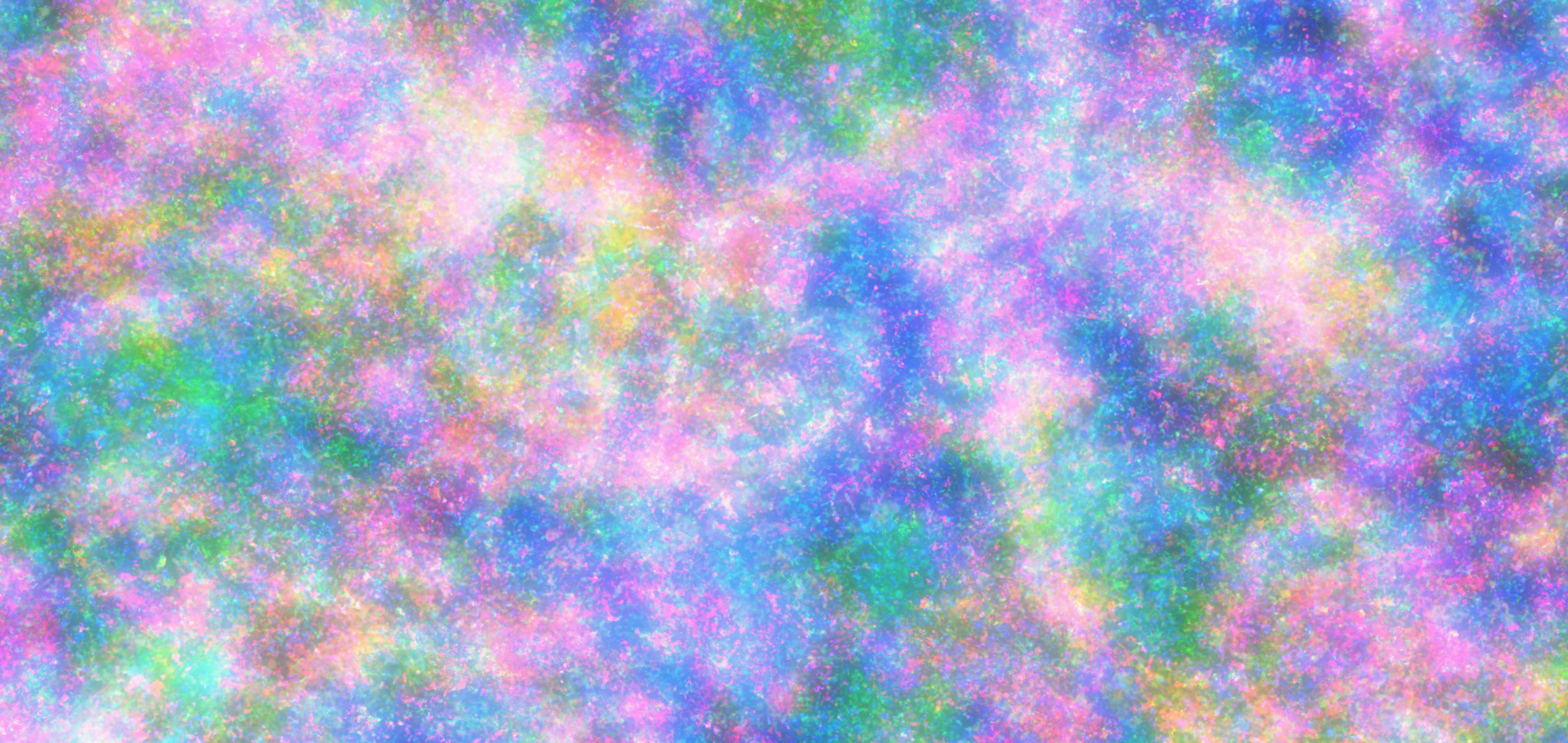
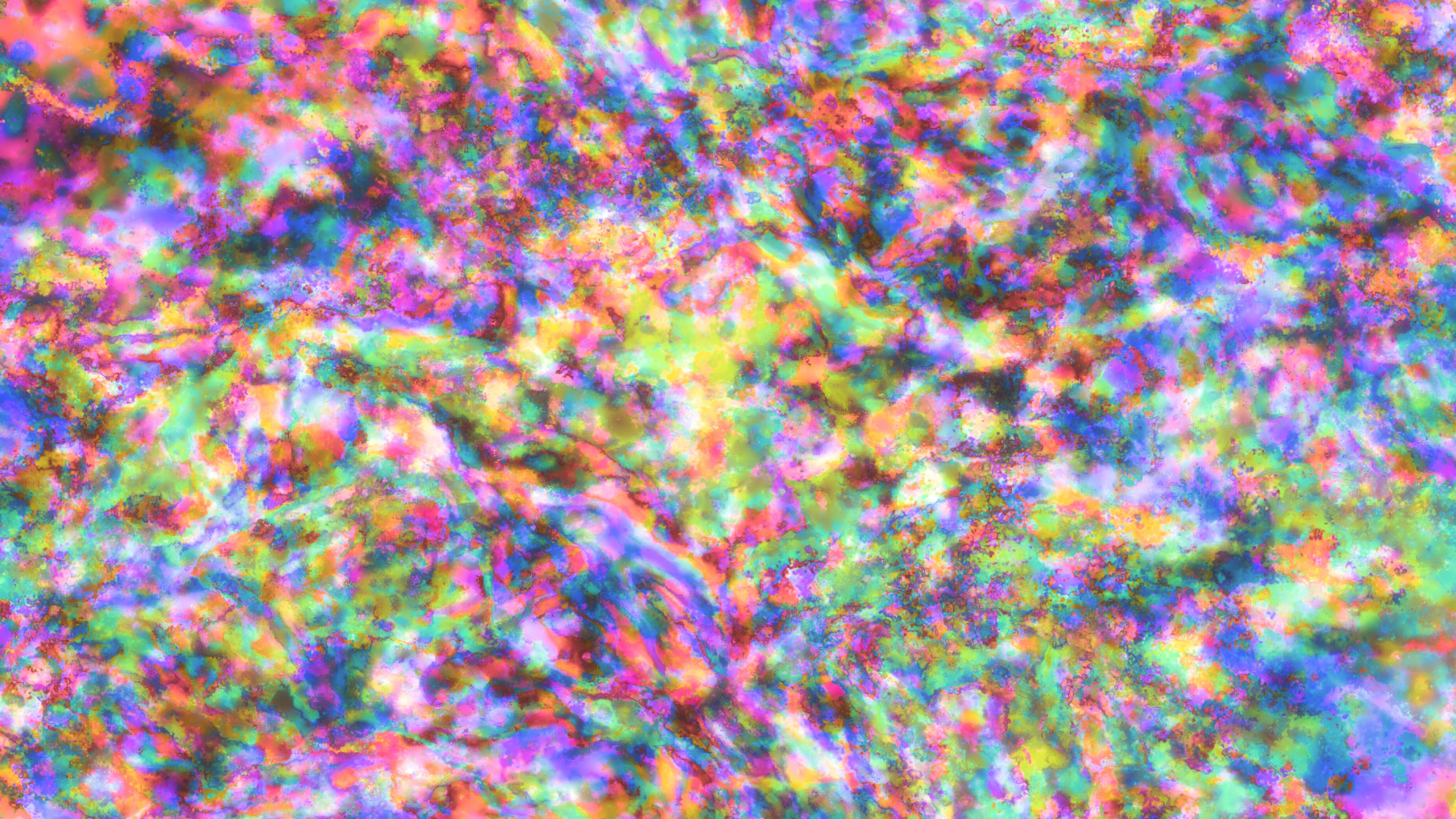
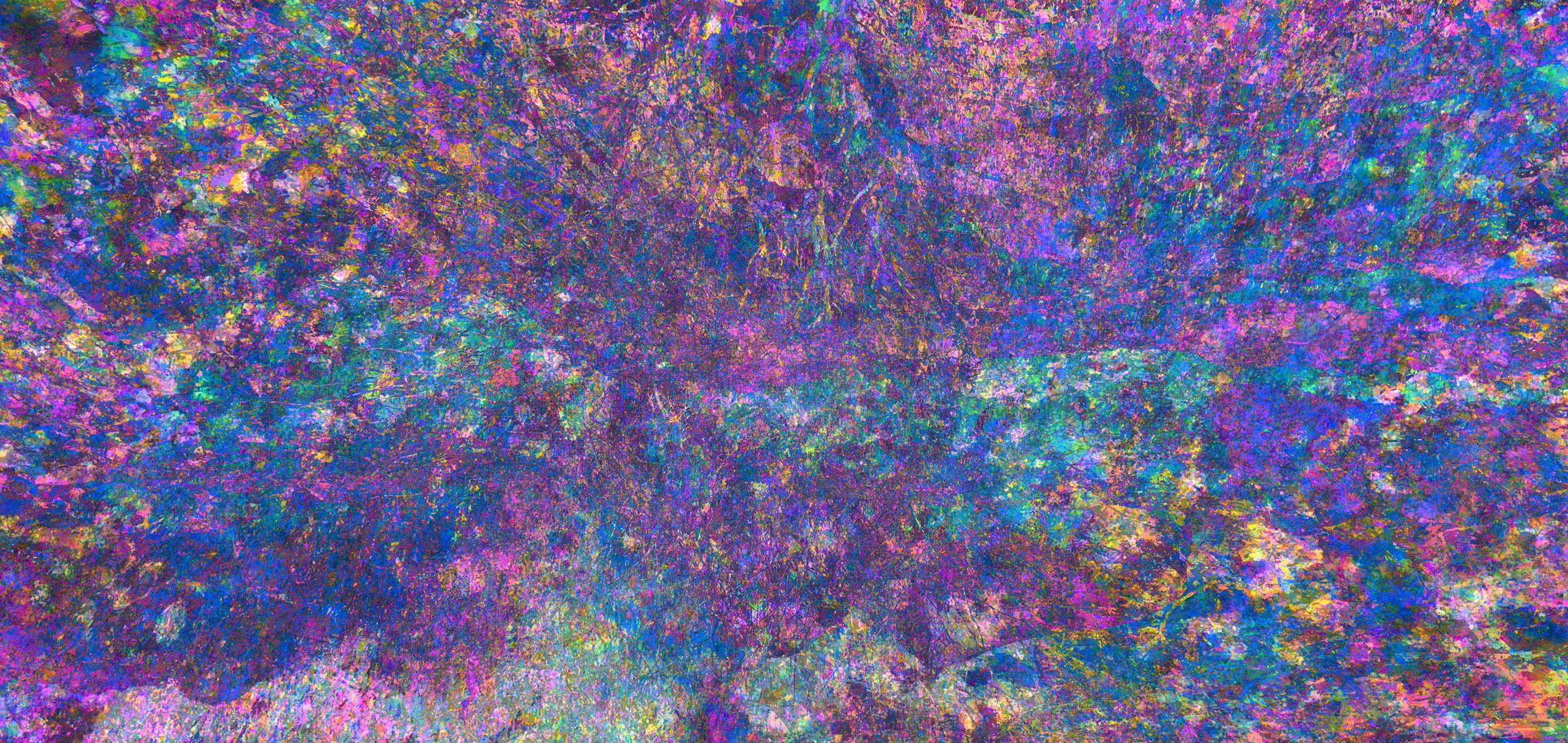
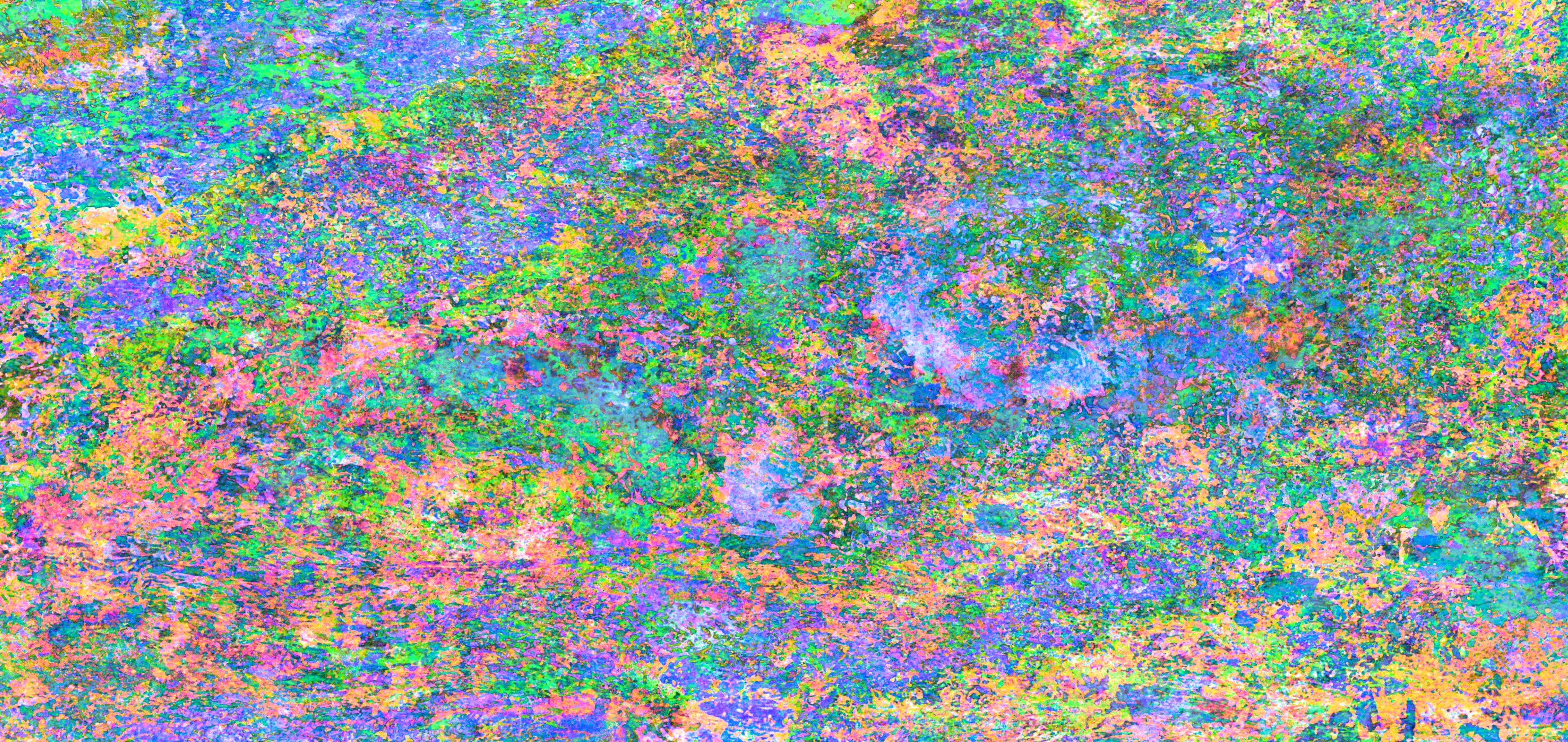
I find the tactile feel of drawing so grounding and healing. After some weeks of exploring photography and digital alterations I feel that it is time to integrate some hand drawn images. Drawing is so fun and can take so many forms, it is possible to do in many environments with music or the natural world complementing the process greatly. I feel that for students and teachers it can offer opportunity for reflection, play with many focused tangible outcomes. This week I am sharing some playful explorations that felt good to do while at work or in nature.






I recently read a news article about a bullying incident at a Vancouver school that centered around racist death threats via social media. The article highlights the essential need for increased education on anti-racism and digital technology for school communities. The lack of preparation and appropriate response from the school reflects the systemic structural racism embedded in Canadian culture. The lack of adequate response from the school administration after a student posted death threats with racial slurs to social media is extremely upsetting for me as future educator. When the affected student told the principal and school police liaison officer she did not feel safe she was told “Well, you’re going to have to deal with it”[1]. This terrible administrative approach is shocking; the article also reveals how the affected student had the additional emotional labour of helping the administration deal with the situation. She was pulled out of class regularly for consultation, negatively affecting her grades and well-being. Sadly, this incident was not isolated as students at the same school wore KKK costumes at Halloween, used racial slurs and continued bullying black students via social media after the incident.
This incident is indicative of how there must be increased multiliteracies for all teachers and students. Awareness about the history of racism in Canada is essential for dismantling continuing structural racism. Digital literacy must be cultivated so that individuals can interact with social media to help destroy racism, bullying and emotional violence. This article also reflects how the First People’s Principles of Learning must be strongly integrated into educational environments. If educators and students truly embraced how “learning ultimately supports the well-being of the self, the family, ancestors, the land, the spirits, and the ancestors”[2] and that “learning involves recognizing the consequences of one’s actions”[3] this incident may not have happened and would have been handled differently.
Almost a year later a district anti-racism mentor has been reinstated in Vancouver because of grassroots community pressure. However, it should not be up to the affected groups to take anti-racist action, there must be initiative from privileged settler communities that recognize their responsibility to be allies. Other perspectives to consider in this story would be how this incident would have been treated if the student had not been from a white middle-upper class background? How is bullying dealt with when the bully is a person of colour, new immigrant or from a marginalized community? An intersectional analysis of ethnicity, class and gender must be utilized when we cultivate solutions for dealing with bullying and violence. I have attached anti-racist teaching resources and lesson plans so our teaching community has tools to help us integrate anti-racist education into our classrooms.
[1] “How a Black Student Paid the Price for Racism at a Vancouver School,” www.thetyee.ca, last modified September 11, 2019.
https://thetyee.ca/News/2019/09/11/Vancouver-School-Racist-Video/
[2] “SD61 Indigenous Education: First Peoples’ Principles of Learning,” www.learn.sd61.bc.ca, last modified 2019.
[3] Ibid.
Here is the original article I read about the incident that was published on September 11th 2019 on the Tyee.
https://thetyee.ca/News/2019/09/11/Vancouver-School-Racist-Video/
CBC did not run an article about the situation until September 18th.
https://www.cbc.ca/news/canada/british-columbia/racist-video-school-parents-1.5287414
The Tyee also followed up with another article on September 18th after the community initiated meeting with the administration.
https://thetyee.ca/News/2019/09/18/Racist-Video-Mishandled-VSB/
Here are some resources that will be useful to all of us in the cohort as we engage with classrooms and develop lesson plans to integrate anti-racist education.
https://bctf.ca/SocialJustice.aspx?id=21354
https://bctf.ca/socialjustice.aspx?id=21346
https://www.crrf-fcrr.ca/images/Clearinghouse/ePubFaShRacScho.pdf
http://teach4diversity.ca/resources/
http://www.aclrc.com/resources-for-teachers
https://www.osstf.on.ca/teachingresources
https://www.safeatschool.ca/resources/resources-on-equity-and-inclusion/racism/resources-for-youth
After a few weeks exploring digital photo alteration, layering and filtering of natural images to make something new I felt that it was time to focus on unaltered shots of nature. To create the digital explorations I have had nature photos as the foundational images. However, I thought it would be useful to rethink composition and capture some stand alone photos of nature. I feel that a combination of both natural and digitally enhanced photos can be fun for students to explore. Having the compositional understanding and applying it to digital exploration is very useful. It is so important for students to have a sense of perspective and colour when developing images. Here are some photos from this week.
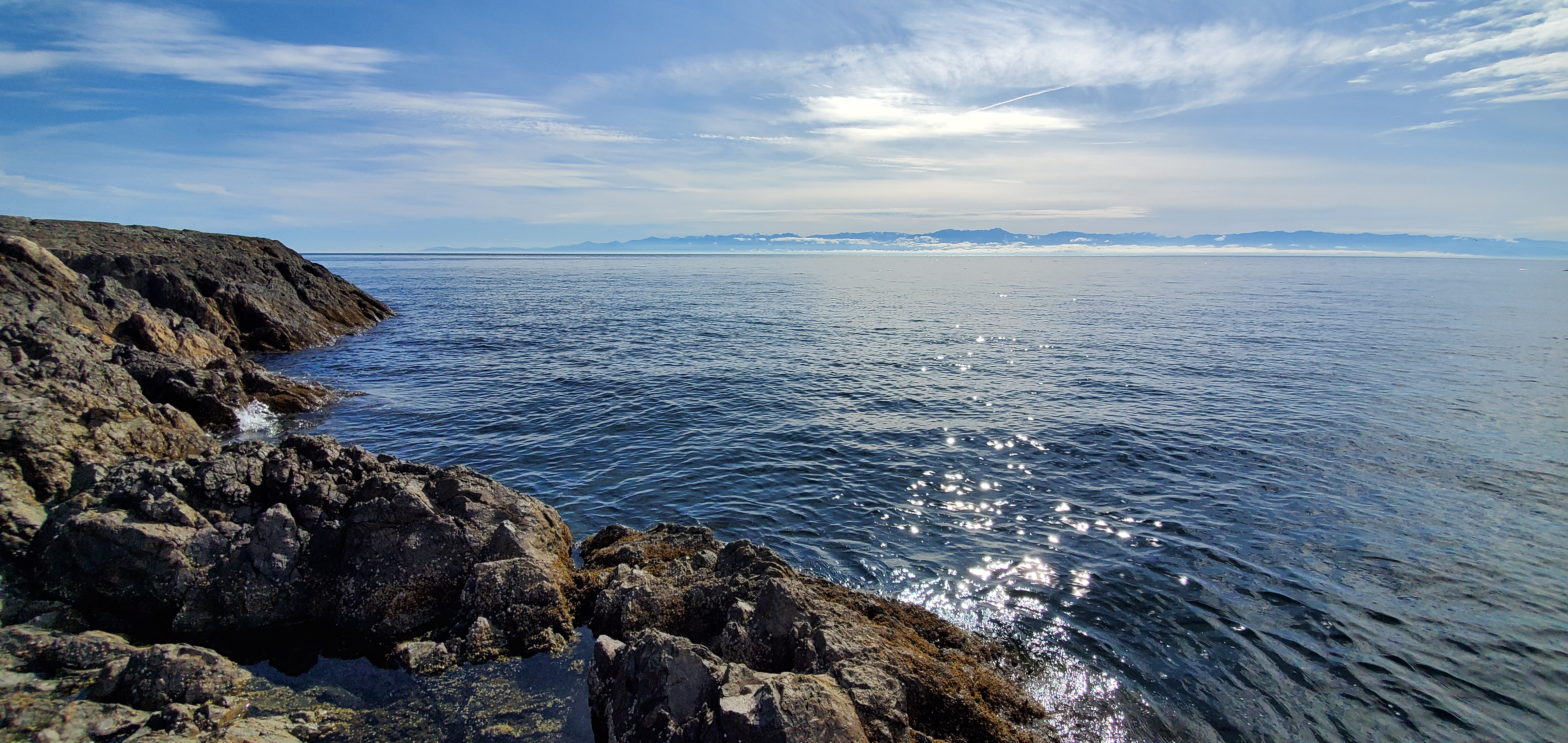


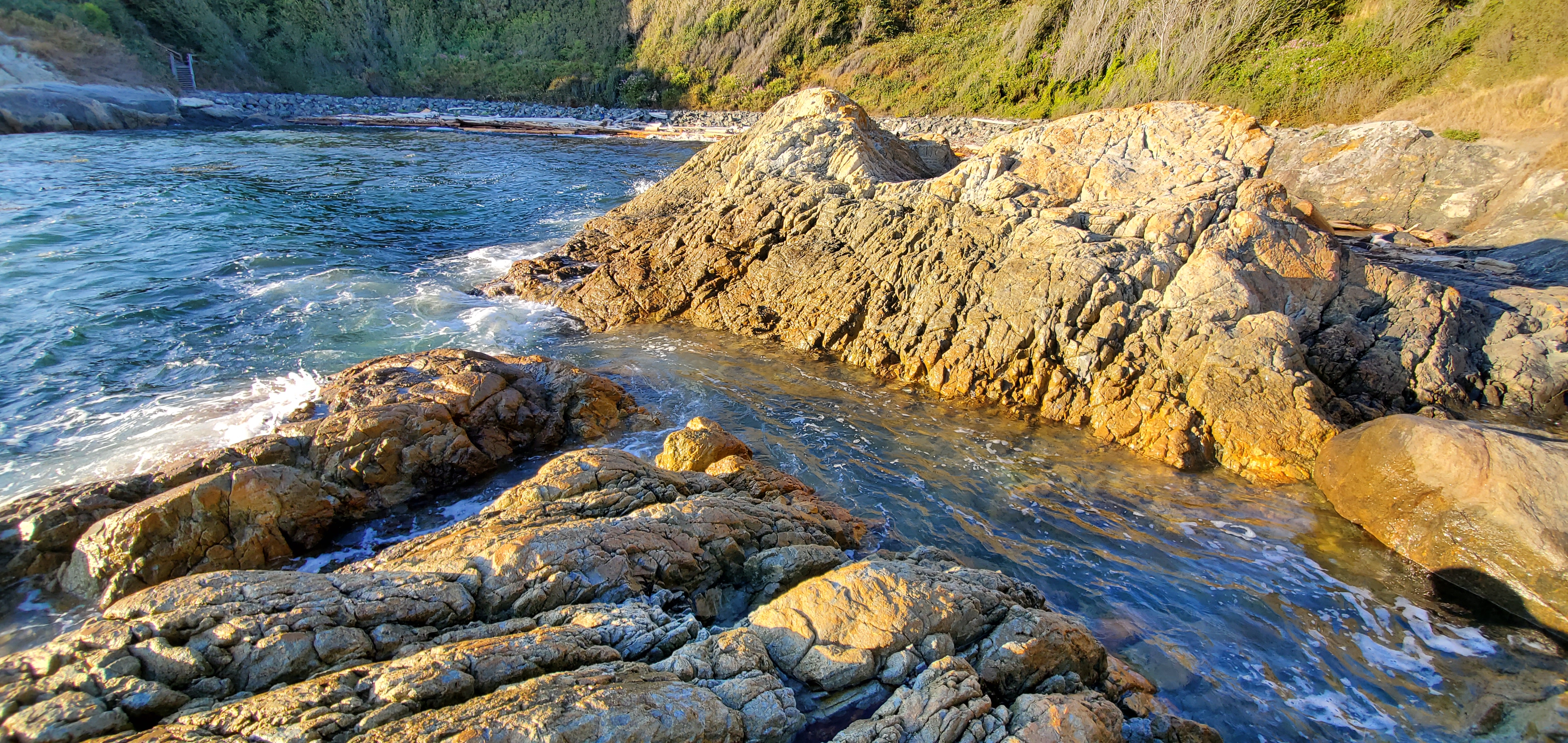
I really appreciated the succinct overview of the SAMR model in class today. It is so important to have learning intentions and the goal in mind when integrating technology. This class has been great for thinking about new ways to integrate technology that move beyond mere substitution. It is important to use technology in its full potential to create new tasks that have been impossible before. I really appreciate the idea of having multiple classes across the world create networks and check in/video conference one or two times a month. International collaboration has the potential to open students up to diversity of culture and thought which is essential in an increasingly globalized world. I think it can also be really fun for students to witness others around the world to gain new perspectives through dialogue and project based learning together. Utilizing the SAMR model to help students with learning exceptionalities allows them to thrive as well, speech to text and digital community sharing allows students to express themselves to their classmates especially through sharing projects together in digital spaces. It was heartening to see a reflective approach to technology that does not simply use technology just because it is there but sets out learning outcomes and intentions before integrating. The approach of this model is increasingly beneficial as our world and youth become more integrated with technology by the day.
I have been enjoying exploring digital photo layering and altering of images on Pixlr. The program is great to explore on the bus, waiting in line for a coffee and those quick in between moments. Layering multiple photos from nature with double exposure and exploring the various editing tools and filters is a lot of fun. Pixlr is a very intuitive program to explore and has even produced some artwork for some future music releases. I think this program would be very accessible and fun for students in various classroom setting especially to create their own designs and backdrops for projects. Here are this weeks explorations.
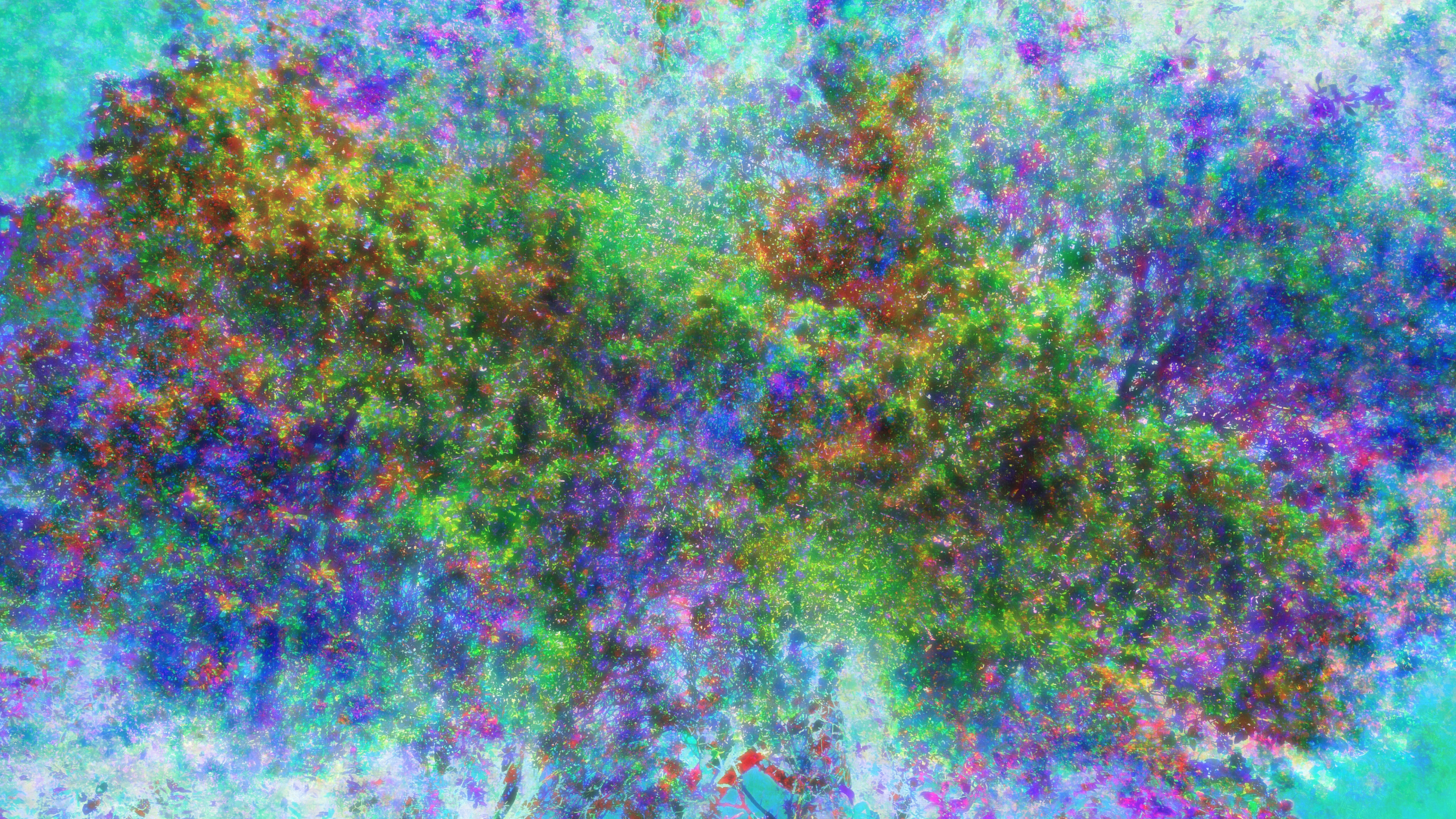
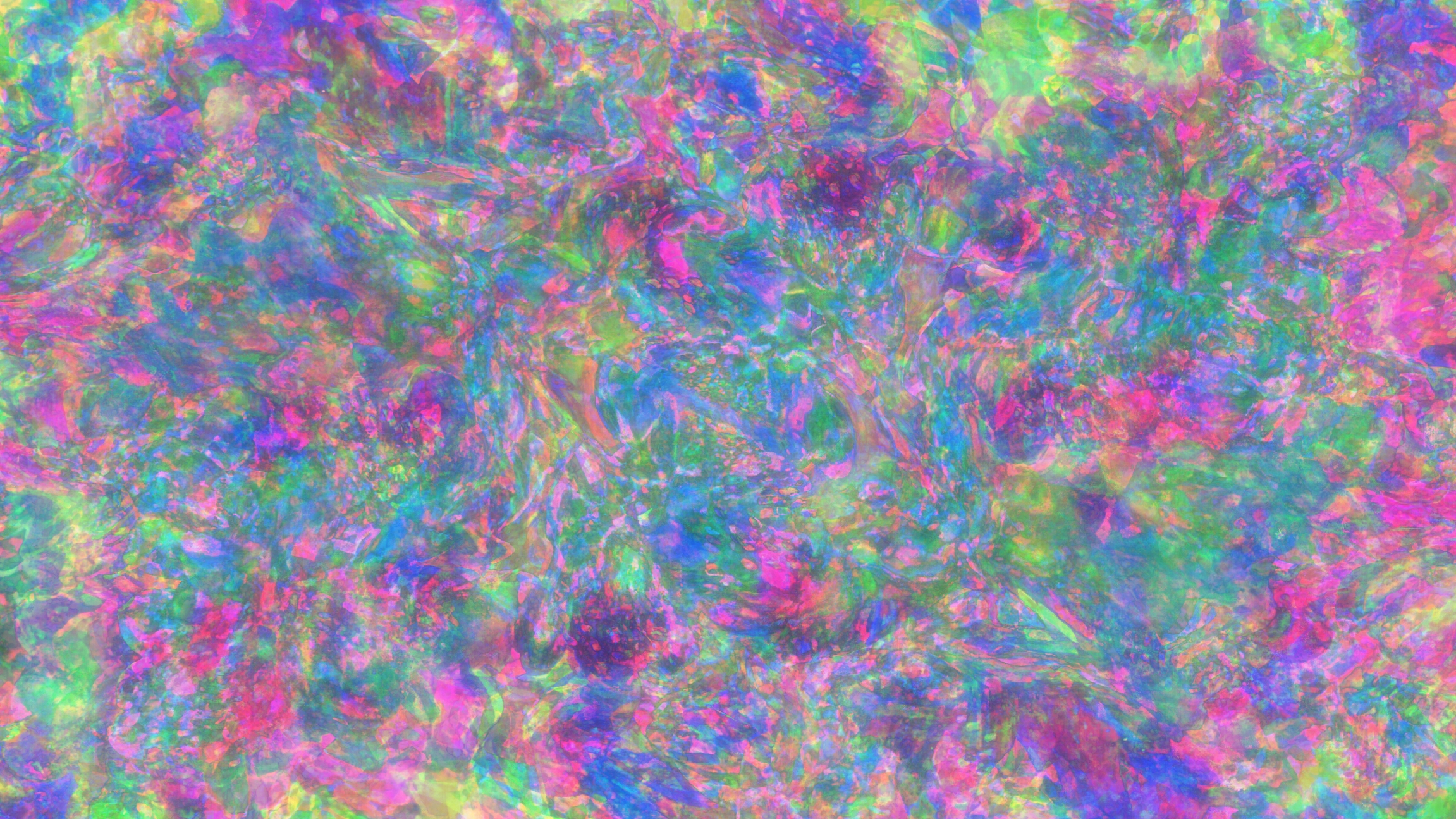

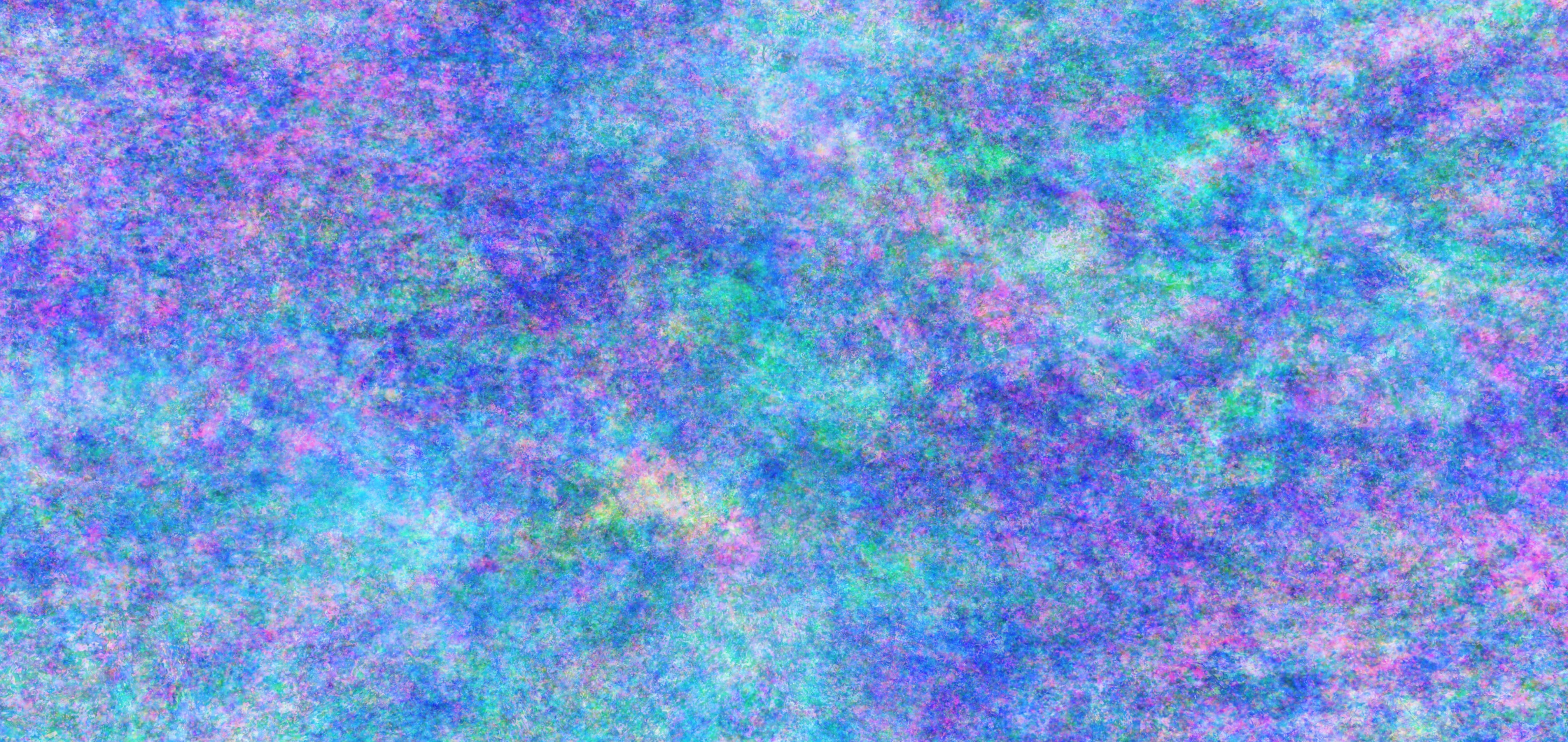
Something that has been occupying my mind frequently after visiting schools and interacting with students are the factors that contribute to the physical, mental and spiritual health of students. I believe part of the foundation for cultivating a balance of these elements is nutrition awareness and healthy eating habits. However, to address issues of health properly teachers must raise awareness and push for the funding required to eliminate poverty in schools. I have spoken with many students that are hungry in class and have not brought lunch to school, often without a breakfast or solid dinner the night before. I believe that free breakfast and lunch should be provided for all students to create better learning environments. Some students come from poverty, some are forgetful and some have body image issues; but making this a consistent available option for all students feels like a step in the right direction. Although there are some programs for students to access food free of charge, this requires work to access which some students and parents may feel uncomfortable navigating. Providing healthy nutrition for students will lead to increased engagement, focus and academic success for students.[1] It is essential to take care of this issue because learning is drastically compromised by lack of healthy diets, if this issue is addressed properly it will result in better learning outcomes for students.
The BCTF website does address the impact of poverty on education, with the latest statistics on the website saying that 1 in 5 youth lives in poverty. The website sometimes focuses on “poverty reduction” plans which is a good first step. However, I believe this must be reframed to poverty elimination in schools instead of reduction as no youth should be at school hungry and malnourished. The BCTF has acknowledged on their website that breakfast and lunch programs are not adequate at schools. Forty percent of teachers surveyed also personally bring food for students. Teachers have spoken to the barriers for students to access programs or food, with a main one being that students and parents are not comfortable asking. Teachers found that attendance is drastically impacted by poverty and not having a stable living or housing situation. Teachers also found that students living in poverty are most likely to miss class or not complete assignments because they have to take care of younger siblings or have to work to help support their family.[2]
I feel that that poverty elimination and providing food for students must become more central in services provided by schools. To create caring, engaged and empathic learning environments this issue must be addressed. I am glad that there are some initial steps being taken by the BCTF but much more has to be done. I also hope that this issue is integrated more frequently into the education program at UVIC as it is something future educators will be engaging with and taking steps to remedy. I have attached some resources and information for people to engage with if they are interested
[1] “Health and Academic Achievement,” www.cdc.gov, last modified May 2014.
https://www.cdc.gov/healthyyouth/health_and_academics/pdf/health-academic-achievement.pdf
[2] “Child Poverty’s Impact on Education,” www.bctf.ca, last modified August 2017.
References/Resources
“Child Poverty’s Impact on Education.” www.bctf.ca.
Last modified August 2017.
https://bctf.ca/publications/BriefSection.aspx?id=46882
“Health and Academic Achievement.” www.cdc.gov.
Last modified May 2014.
https://www.cdc.gov/healthyyouth/health_and_academics/pdf/health-academic-achievement.pdf
https://www.cdc.gov/healthyyouth/health_and_academics/pdf/health-academic-achievement.pdf
http://bcpovertyreduction.ca/learn-more/school-resources/
https://www.bctf.ca/povertyresearch.aspx
Our class visit to the Pacific School of Innovation and Inquiry was great for gathering insights into cross-curricular and multimodal approaches to education. The student led emphasis of the school holds a lot of potential for engagement and in depth understandings of subjects of interest. The depth instead of breadth approach can also provide excitement for student to explore their interests. I appreciated the open community based aspects of the school with different spaces that are conductive for collaboration or individual focus. The quiet meditation room was a positive space to see, where students can go to feel calm and refocus their energy. I was slightly concerned about the elitist aspect of the school as people have to be able to afford to send their kids their, but it was good to hear that the administration is trying to figure out ways to have a wider socio-economic spectrum at the school. The music room looked great with a lot of fun electronic equipment, it was also interesting to see a loom in the building. I would be interested to know more about the various ways that the arts are embraced in the school as I did not notice much focus on visual arts. The school seemed to have a big focus on entrepreneurial development which is positive if students have the resources to explore these possibilities but problematic if they do not come from a wealthy family. The tech focus on web design and video games was interesting to hear about, as these are areas that youth are very interested in although I wonder if this focus may compromise other aspects of their learning.
It was great to see a student I tutored last year at the school as well. They were having difficulties at a public French immersion school partly from mild dyslexia when trying to read and write in English. They seemed really excited and happy to be at the school, which speaks to the relief some students must feel when they can explore their interests outside of traditional classroom learning frameworks. Overall it was a great trip to the school that provided insights into alternative approaches to teaching that embrace the multimodal and cross curricular focus of the new BC curriculum.
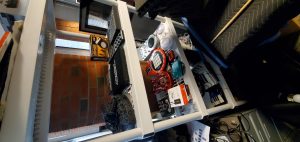


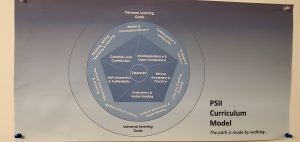
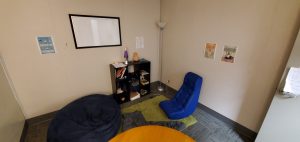
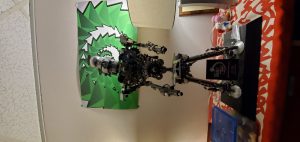
Recent Comments